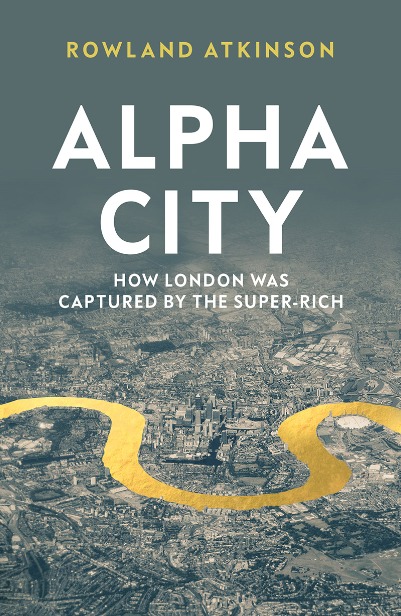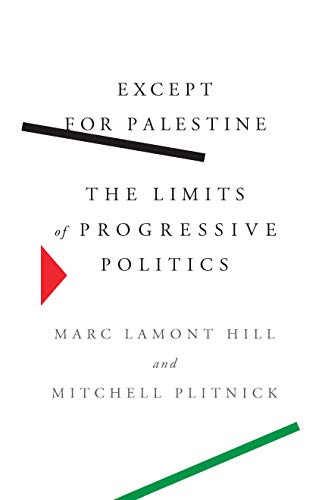Planning the Capitalist City: The Colonial Era to the 1920s, Richard E. Foglesong, Princeton University Press, 1986, pp. 286, ISBN 0-691-07705-3
Richard Foglesong’s Planning the Capitalist City was an important intervention in the field of urban sociology. It at once shattered the myth of the “planning idea,” evolving in the great minds of the time, and the pluralist-liberal state, neutrally intervening to protect the rules of the game by ratifying the outcome of a bargaining process between social groups. Foglesong sets the development of urban planning in America in the context of emerging capitalism and commodification of land, together with their inherent contradictions. For him, planners play a crucial role in smoothening out these contradictions by articulating the interests of the dominant class and insulating their institutions from popular participation.
Planning the Capitalist City relies on the works of David Harvey, Manuel Castells, Nicos Paulantzas and Claus Offe to frame the analysis. Following Castells work, Foglesong states that one aspect of state intervention in urban planning is to ensure the reproduction of labour-power. Given the inherent inability of capitalism to meet the consumption needs of the working class, the state is required to intervene to ensure collective consumption and through it the reproduction of labour. On the other hand, Harvey claims that the state is required to intervene to provide outlays for capital and the reproduction of the immobilized fixed capital used as means of production. Out of this emerges the first contradiction Foglesong singles out, the property contradiction, which is “the contradiction between the social character of land and its private ownership and control.” The land is at once a collective good and a social resource, necessary for the provision of certain services, and a private right. Capitalism requires a certain degree of socialization of land in order to perform functions it cannot do, but nonetheless requires for its functioning. However, if the control of the land is to be fully socialized, capitalism would not be able to function, and this represents the second contradiction. As Foglesong logically concludes, “capitalism is caught in a search for a decision process, a method of policymaking that can produce decisions corresponding with capital’s political and economic interests.” This is the role planners fulfil.
Foglesong chooses to focus his analysis on the early history of urban planning, spanning from the colonial times to the 1920s. He characterizes this period as formative because the ideas, processes and institutions developed during that time influenced later development of urban planning.
The immigrants who sought to escape religious oppression in Britain came to America hungry for land. For them, land was a civil liberty rather than a social resource, and therefore from the start land was perceived in proprietary terms. Their villages were organized as plantations and only the original settlers, “the proprietors”, had the right to use common land, while “the inhabitants” did not. The proprietors could appeal to higher authorities, in this case Massachusets Bay Company or figures such as William Penn, the founder of Pennsylvania, to protect their rights against the inhabitants. Trade and corporate interests determined the pattern of settlement. Thus villages were strategically planted to support commercial endeavours, which in turn determined the way land was treated. Land was given to inhabitants who had to build a dwelling within a certain amount of time or face expropriation. At the same time, the owners of the land, who also benefited from the trade villages facilitated, were not the builders. It is easy to see how with time a real estate market would emerge from this separation. Villages began to be planned uniformly in order to facilitate speculation and sale, thus, for example, gridiron street plan which emerged in the late 17th century allowed for the “ease of description in legal deeds…auctioneer’s block, and purchase.” Institutional methods of planning and selling were devised in order to solidify the capitalist land system.
From the colonial times, Fogleson skips to late 19th-century housing reform movements to show how their goal was to ensure social control and maintain capitalism’s hegemonic position in the society. This was achieved in the early housing reform by way of seeing poverty and horrendous living conditions of an increasingly burgeoning immigrant population as a consequence of the moral inferiority of the poor. Moreover, various health epidemics emerging from this affected the propertied classes as well. It was believed that the poor would rise and threaten the political and social stability, and it was, therefore, imperative to devise plans to alleviate their suffering. Likewise, as Foglesong shows, health workers and planners realized that “all investments to preserve or increase public health would be reimbursed many fold,” and that the government had an interest in intervening in housing to ensure that the workforce could be reproduced. Foglesong analyzes various legislative interventions and proposals to show how they all fell within the limits of the system of privately produced housing, and in doing so merely contributed to the maintenance of the causes of the problem. They emanated from the principle of property rights and were the product of the political power exerted by the capitalist class. Likewise, popular participation was restricted in decision making.
Particular forms of urban planning were the product of a particular stage in the historical development of capitalism. In analyzing parks and park planning Foglesong shows how they emerged as capitalism began destroying agricultural land, thus giving rise to bourgeois romanticism that idealized rural landscapes by way of insulating them from wider economic processes. Public parks were designed to be made accessible to the working class, with the belief that they would help break down “barriers of class, wealth and fashion.” They were also to offer an escape from the alienation of urban life and psychological hardships that it creates for the working poor. It was to provide, in the words of Olmsted, “recuperative relaxation outside the world of work.” Parks had an instrumental value, and their goal was to tame the working class. Similarly, the City Beautiful movement, which sought to create a civic and moral cohesiveness, was aimed at social control, while at the same time offering new opportunities to the capitalist class. Prices of the land adjacent to parks increased a hundredfold, while public architecture was just another outlay for capital investment. The attention is directed toward the visual while ignoring the economic and social consequences of the city.
Urban planning was dominated by planners who hailed from particular classes and served to bind the interests of the capitalist class and the state. When attempts were made to fashion the urban space outside of this realm, they were shut, as Foglesong shows in his analysis of the American Garden city movement, company towns and plans to tackle urban congestion.
While most urban planners acted outside of the government, in 1909, with the convening of the first national conference on city planning and the publication of Daniel Burnham’s Chicago plan, they became institutionalized in city governments. In becoming so, planners gained mandatory powers. This represented a way to deal with the second contradiction, by bureaucratizing city planning and ultimately removing popular participation from it. Capitalist interests could be easily served this way. Transportation could be developed to serve the industry, land use zoning could be developed to shield private property rights.
While Foglesong offers a stunning historical narrative on the development of urban planning in America and a passionate plea for what eventually became the right to the city, his conclusion is rather underwhelming. While throughout the book he identifies structural problems inherent in capitalism’s treatment of the land as a commodity and the domination of urban planners in articulating the interests of the capitalist class, he fails to see the need for radical solutions. For him, the “task is to build upon society’s existing commitment to democracy, extending the principle of democratic decision making to the realm of the built environment.” This is surely one piece of the puzzle, but the way this democratic participation is organized matters, as do the structural contradictions of capitalism. Structural problems necessitate structural solutions, and Foglesong fails to outline them. Even though Foglesong may not explicitly call for it, Planning the Capitalist City makes the need for a revolutionary transformation obvious.




